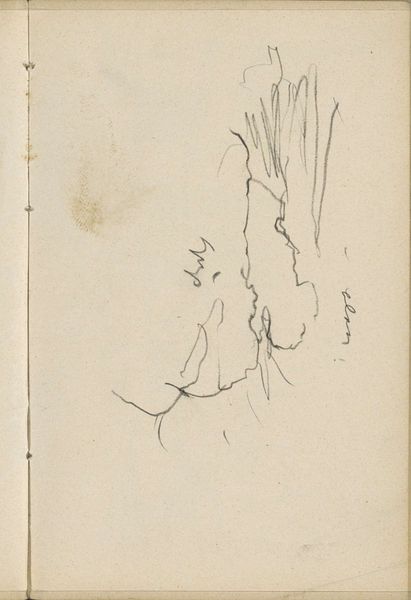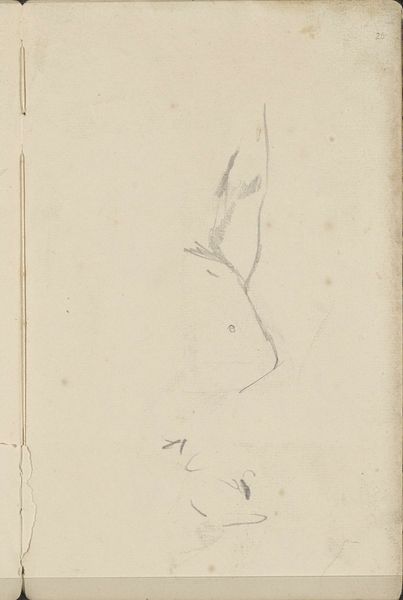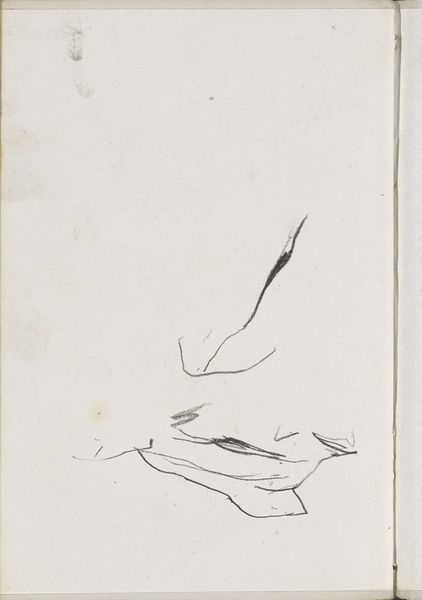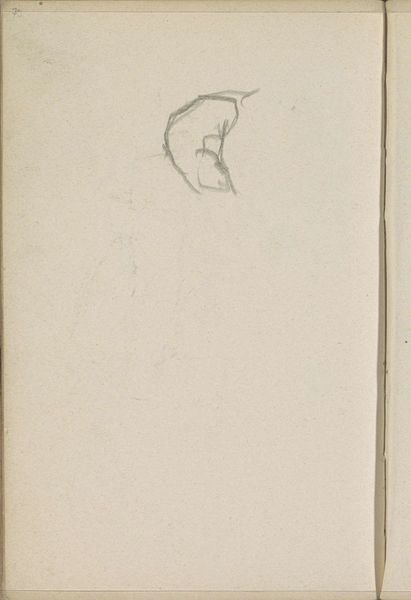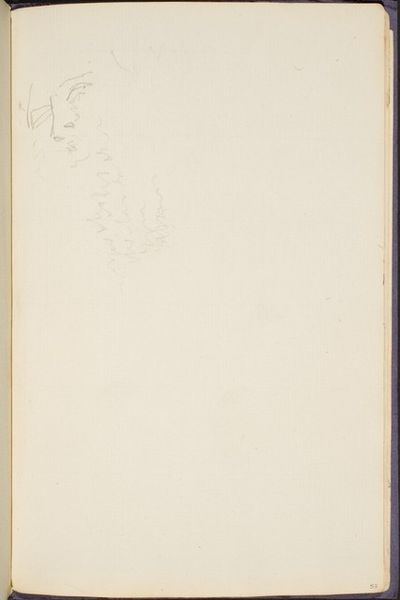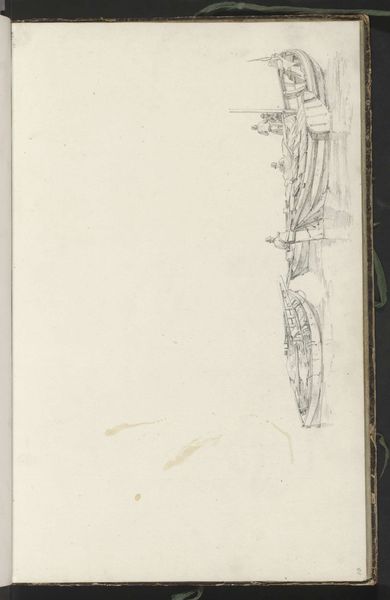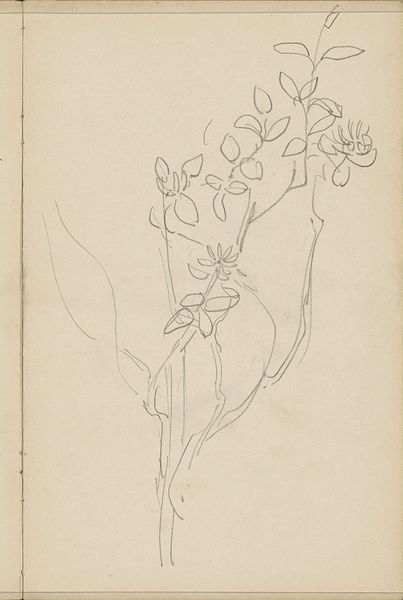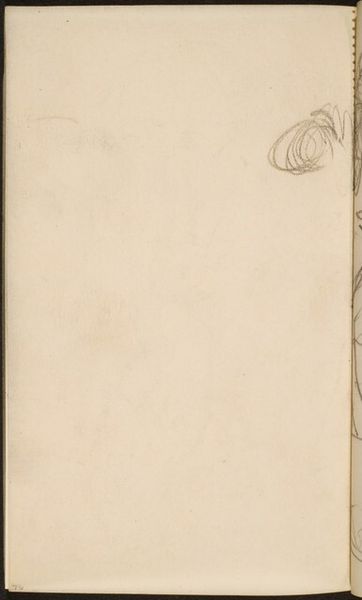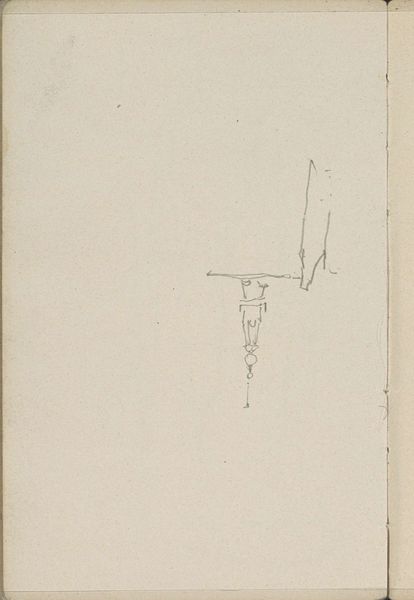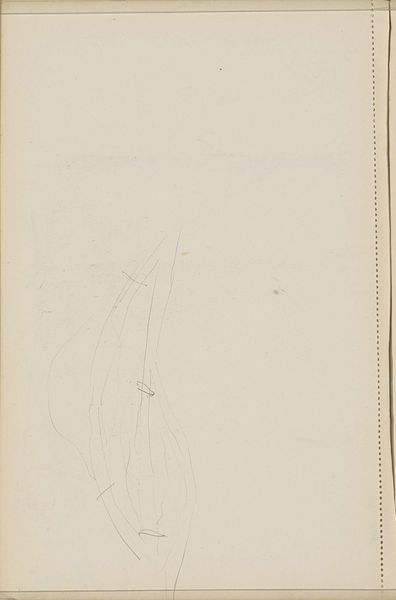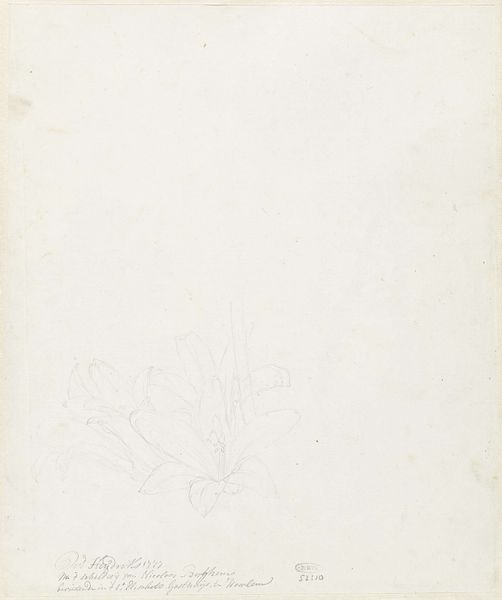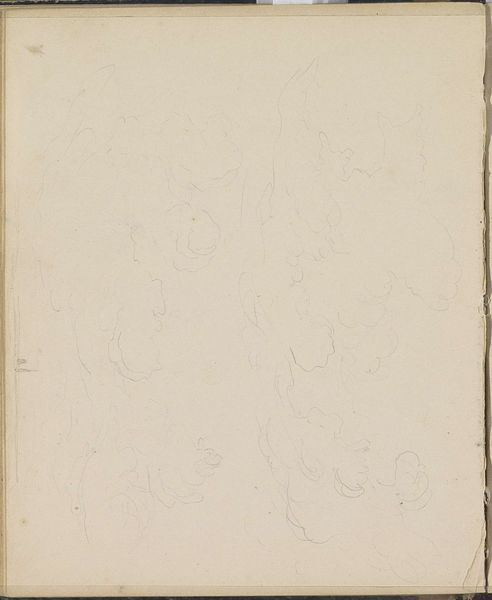
drawing, paper, pencil
#
drawing
#
neoclacissism
#
landscape
#
figuration
#
paper
#
pencil
#
line
Copyright: Rijks Museum: Open Domain
Curator: Barend Hendrik Thier created this work, "Boom," likely between 1780 and 1800. It's a pencil drawing on paper. What strikes you about it? Editor: Austerity, definitely. The almost bleached-out quality evokes a sense of isolation and introspection. It feels very minimal. Curator: That sparseness you notice really highlights the artist's material choices. It's just pencil and paper, readily available and economical, reflecting the Neoclassical ideals of simplicity and order in a tumultuous time of revolution. Think about the labor involved—a deliberate process of observation and transcription. Editor: The tree's silhouette, though—those reaching branches…they remind me of classical depictions of Daphne transforming into a laurel tree to escape Apollo's pursuit. A powerful symbol of metamorphosis and resistance to unwanted advances. Curator: It's fascinating to think of the act of drawing itself as a form of resistance. Here's Thier, using unassuming materials to document and categorize his world, imposing order in a climate of instability, asserting control over his surroundings through meticulous representation. Editor: And nature, specifically this solitary tree, as a symbol. Was it perhaps a representation of resilience, bearing the marks of storms and time yet still reaching towards the sky, embodying survival? I mean, what else does that represent, right? Curator: Very plausible. Landscape as allegory, a common practice of that period, really speaks to how artists saw themselves and their society reflected in the natural world, wouldn't you say? And here, using basic materials allowed him freedom. No constraints, total availability to represent a deep, intrinsic sense. Editor: The spartan effect then—it creates a very specific emotional resonance. A melancholic feel. Knowing it was done during a time of so much unrest, it adds a sense of yearning to it, or a mourning even. I find the symbolism incredibly rich here, if understated. Curator: Precisely. And when you consider it within the context of late 18th century social shifts, you can't help but think about what it meant to choose such an ordinary subject during a time of such monumental societal change. I will think of that drawing freedom from now. Editor: Exactly. Thanks, that opened the doors to all kinds of connections!
Comments
No comments
Be the first to comment and join the conversation on the ultimate creative platform.
